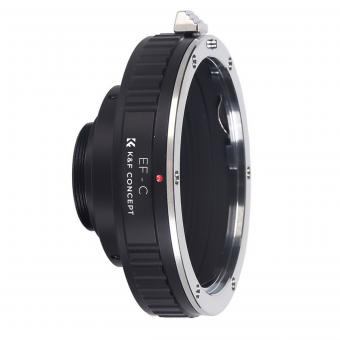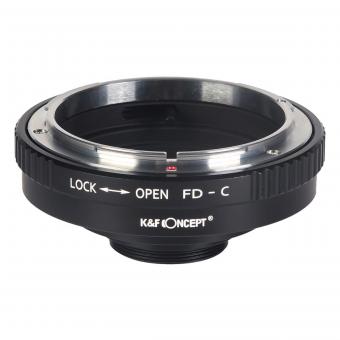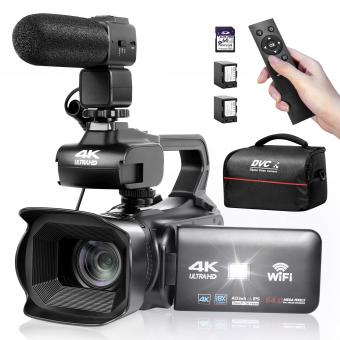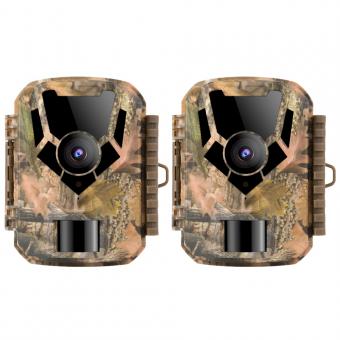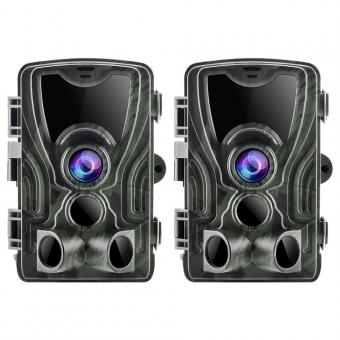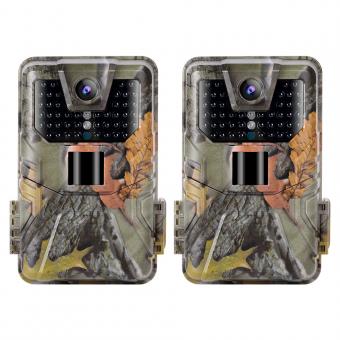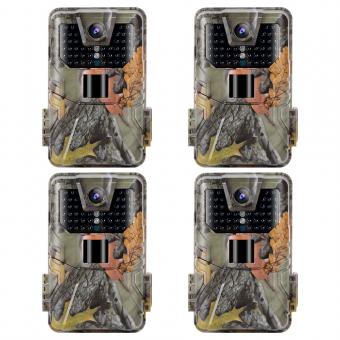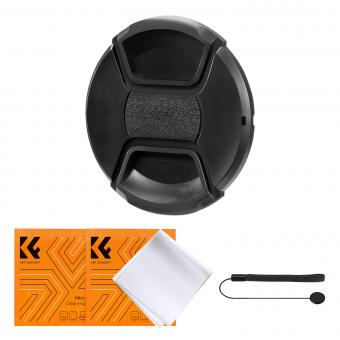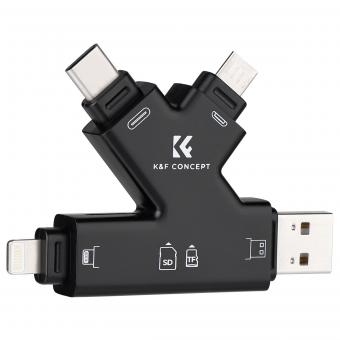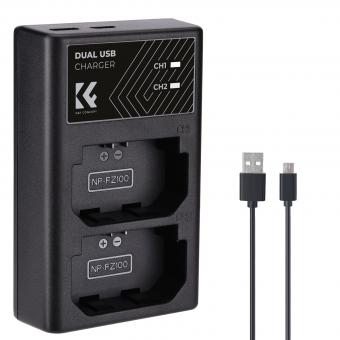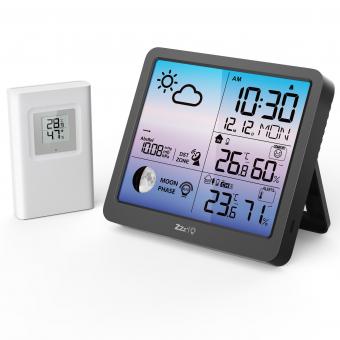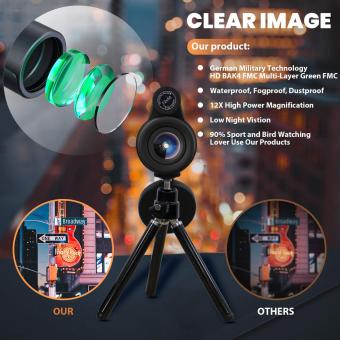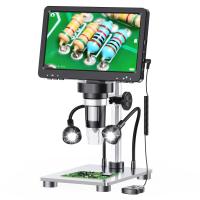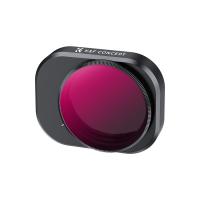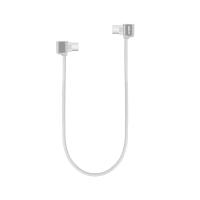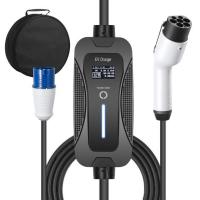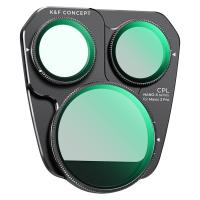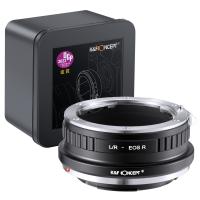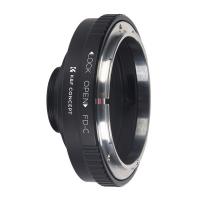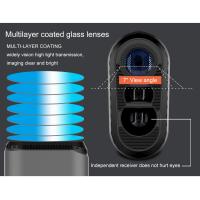How To Transfer Videos From Camcorder To Computer ?
To transfer videos from a camcorder to a computer, you will need to follow these steps:
1. Connect your camcorder to your computer using a USB cable or Firewire cable.
2. Turn on your camcorder and set it to playback mode.
3. Open your computer's video editing software or media player.
4. Import the video files from your camcorder to your computer.
5. Once the videos are imported, you can edit or save them to your computer's hard drive.
Alternatively, you can also use a memory card reader to transfer videos from your camcorder's memory card to your computer. Simply remove the memory card from your camcorder and insert it into the memory card reader. Then, connect the memory card reader to your computer and transfer the video files as you would with any other file.
1、 Camcorder connectivity options
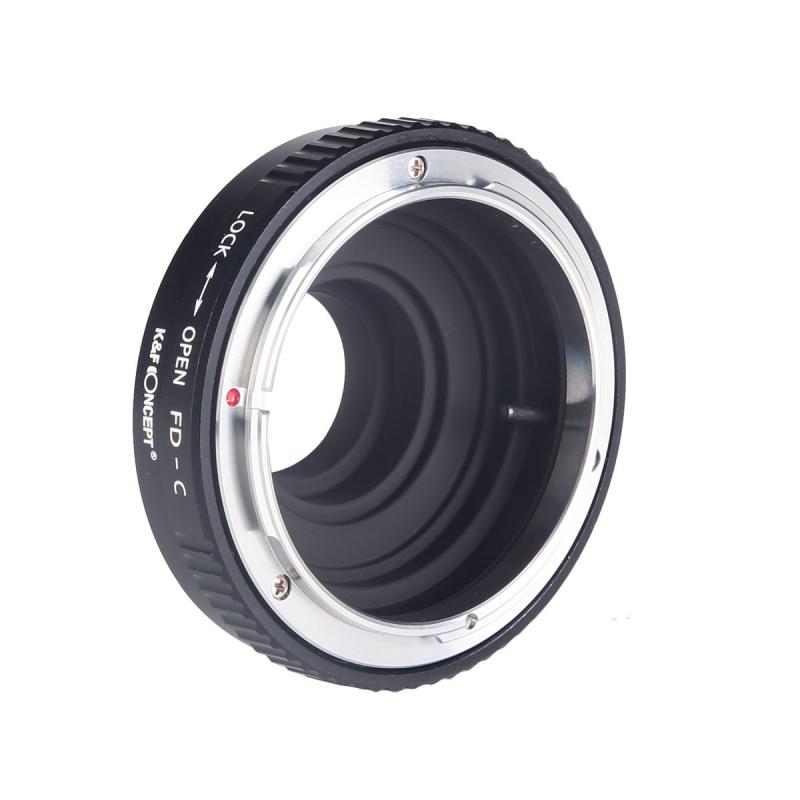
How to transfer videos from camcorder to computer is a common question among those who use camcorders for recording videos. There are several ways to transfer videos from camcorder to computer, and the method you choose will depend on the type of camcorder you have and the connectivity options available.
One of the most common ways to transfer videos from camcorder to computer is by using a USB cable. Most modern camcorders come with a USB cable that can be used to connect the camcorder to a computer. Once the camcorder is connected to the computer, you can transfer the videos by simply dragging and dropping them from the camcorder to the computer.
Another option is to use an SD card reader. If your camcorder uses an SD card to store videos, you can remove the SD card from the camcorder and insert it into an SD card reader. The SD card reader can then be connected to the computer, and the videos can be transferred in the same way as with a USB cable.
Some camcorders also have Wi-Fi connectivity options, which allow you to transfer videos wirelessly to your computer. This is a convenient option if you don't want to deal with cables or SD cards.
In conclusion, there are several ways to transfer videos from camcorder to computer, and the method you choose will depend on the type of camcorder you have and the connectivity options available. With the latest advancements in technology, camcorders are becoming more user-friendly and easier to connect to computers, making it easier than ever to transfer videos.
2、 Computer compatibility requirements
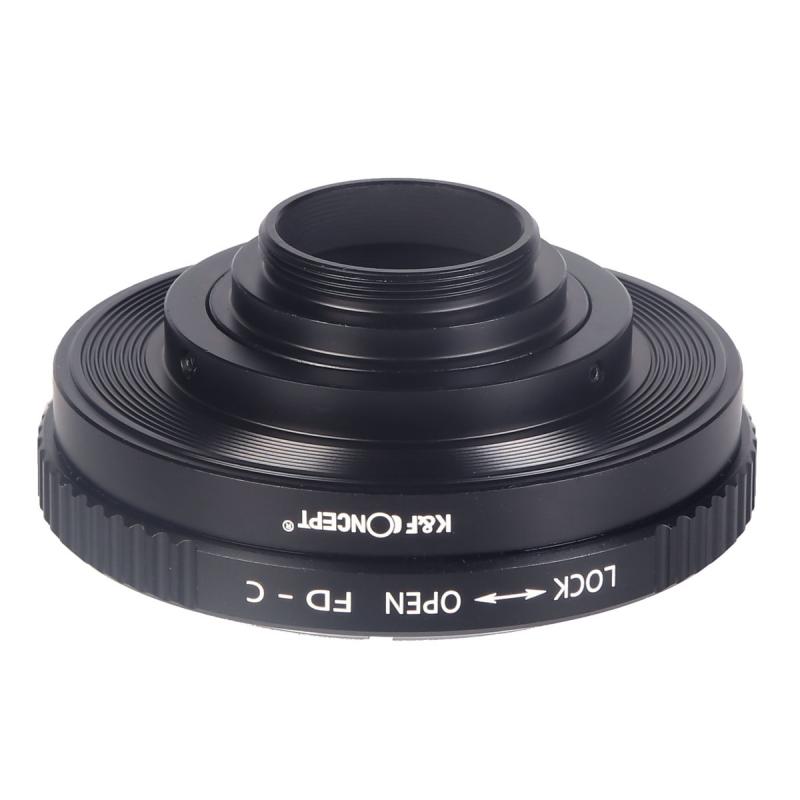
How to transfer videos from camcorder to computer:
1. Connect your camcorder to your computer using a USB cable or Firewire cable.
2. Turn on your camcorder and set it to playback mode.
3. Open your computer's video editing software or file transfer program.
4. Select the option to import or transfer files from your camcorder.
5. Choose the videos you want to transfer and select the destination folder on your computer.
6. Wait for the transfer to complete and safely disconnect your camcorder from your computer.
Computer compatibility requirements:
To transfer videos from your camcorder to your computer, you will need a computer with a USB or Firewire port and video editing software or file transfer program. The specific requirements may vary depending on the type of camcorder you have and the software you are using.
For example, if you have a newer camcorder that uses USB-C, you may need an adapter to connect it to your computer. Additionally, some video editing software may require a certain amount of RAM or processing power to run smoothly.
It's important to check the compatibility requirements for your specific camcorder and software before attempting to transfer videos. You can usually find this information in the user manual or on the manufacturer's website.
3、 Video transfer software options
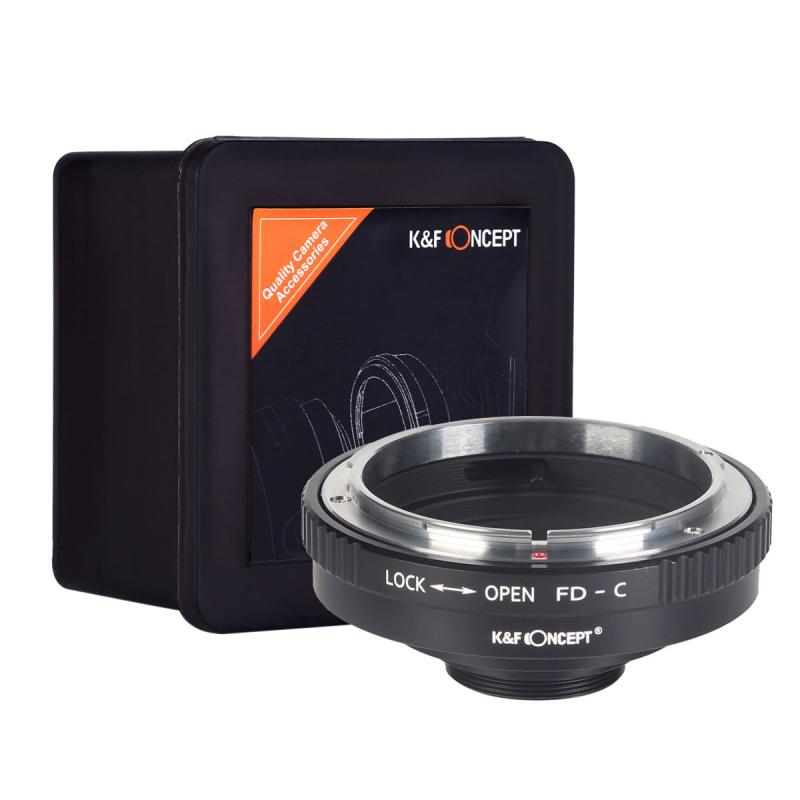
How to transfer videos from camcorder to computer:
1. Connect your camcorder to your computer using a USB cable or Firewire cable.
2. Turn on your camcorder and set it to playback mode.
3. Open your computer's video editing software or file transfer software.
4. Select the option to import or transfer files from your camcorder.
5. Choose the videos you want to transfer and select the destination folder on your computer.
6. Wait for the transfer to complete and then disconnect your camcorder from your computer.
Video transfer software options:
There are several video transfer software options available for transferring videos from your camcorder to your computer. Some popular options include:
1. Windows Movie Maker: This is a free video editing software that comes with Windows operating systems. It allows you to import videos from your camcorder and edit them before saving them to your computer.
2. iMovie: This is a video editing software for Mac users. It allows you to import videos from your camcorder and edit them before saving them to your computer.
3. Adobe Premiere Pro: This is a professional video editing software that allows you to import videos from your camcorder and edit them with advanced features. It is a paid software and is used by professional video editors.
4. VLC Media Player: This is a free media player that can also be used to transfer videos from your camcorder to your computer. It allows you to play and save videos to your computer.
5. Dropbox: This is a cloud storage service that allows you to upload and store your videos online. You can then access them from any device with an internet connection.
In conclusion, transferring videos from your camcorder to your computer is a simple process that can be done using video editing software or file transfer software. There are several options available, both free and paid, depending on your needs and preferences. It is important to choose a software that is compatible with your camcorder and computer operating system.
4、 File format conversion tools
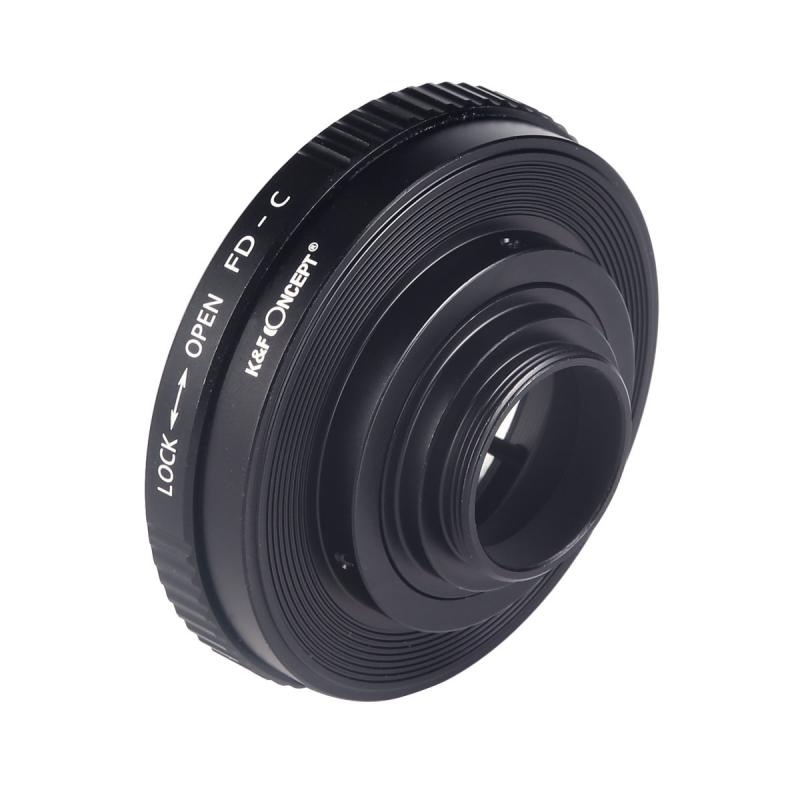
How to transfer videos from camcorder to computer is a common question among those who want to edit or share their footage. The process is relatively simple and can be done using a USB cable or memory card reader. Once the camcorder is connected to the computer, the videos can be transferred by dragging and dropping them into a folder on the computer.
However, sometimes the video file format may not be compatible with the editing software or media player on the computer. In this case, file format conversion tools can be used to convert the video to a compatible format. There are many free and paid software options available for this purpose, such as Handbrake, Any Video Converter, and Adobe Media Encoder.
It is important to note that file format conversion can result in a loss of quality, so it is recommended to use the original video file whenever possible. Additionally, some video editing software may have built-in conversion tools, so it is worth checking if this is an option before downloading additional software.
In recent years, cloud-based video editing platforms have become increasingly popular, allowing users to edit and share their videos online without the need for file format conversion. This can be a convenient option for those who do not want to download and install software on their computer.



